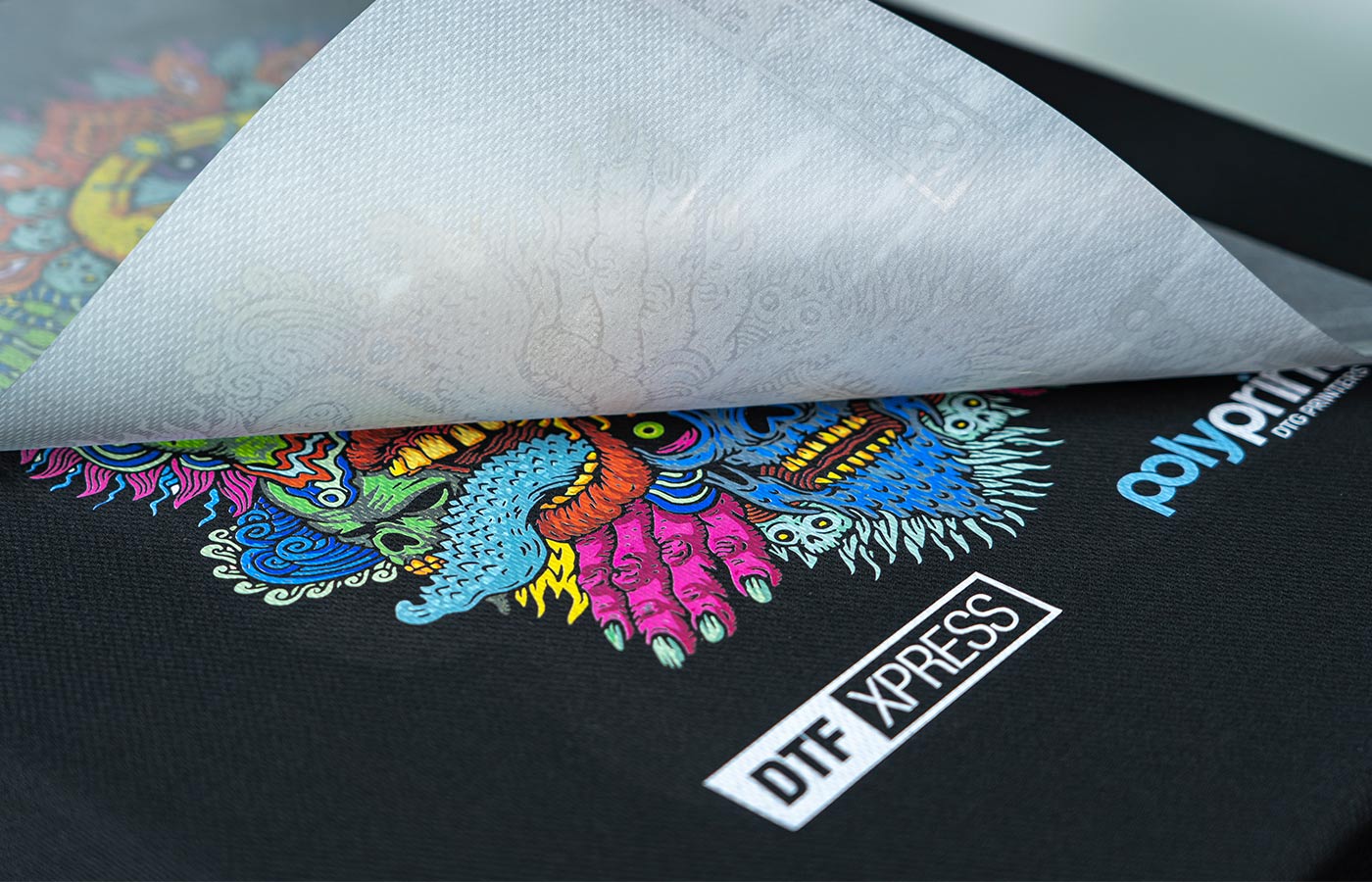Preserving Cinematic Magic: The Art and Science of Direct-to-Film Transfers
Introduction:
In the ever-evolving landscape of filmmaking and digital technology, one aspect that continues to capture the imagination of cinephiles and filmmakers alike is the process of direct-to-film transfers. This intricate technique combines the modern convenience of digital filmmaking with the timeless charm and authenticity of celluloid. Let’s delve into the world of direct to film transfers , exploring the artistry, challenges, and the enduring allure of bringing digital creations onto the analog canvas.

Over the past few decades, the film industry has witnessed a monumental shift from traditional celluloid filmmaking to digital cinematography. The advent of high-resolution digital cameras and advanced post-production tools has granted filmmakers unprecedented creative freedom and efficiency. However, with this digital revolution came a nostalgia for the distinctive texture and warmth of film that has characterized the medium for over a century.
Direct-to-Film Transfers Defined:
Direct-to-film transfers, often referred to as film recording or film-out, represent a bridge between the digital and analog realms. This process involves taking a digital master of a film and transferring it directly onto physical film stock. In essence, it’s a way to breathe life into digital creations by imprinting them onto the iconic medium that has defined cinema for generations.
The Artistic Appeal:
One of the primary reasons filmmakers opt for direct-to-film transfers is the unique aesthetic quality it imparts to the final product. Film stock has a distinct texture and color rendition that can enhance the visual storytelling, adding a layer of authenticity and nostalgia that resonates with audiences. This technique is often employed in projects that aim to capture the essence of classic cinema or evoke a specific cinematic era.
Challenges and Technical Nuances:
While the allure of direct-to-film transfers is undeniable, the process is not without its challenges. Matching the color grading and resolution of a digital master to the characteristics of film stock requires meticulous attention to detail. Technicians must navigate the nuances of different film stocks, aspect ratios, and frame rates to ensure a seamless transition from the digital realm to celluloid.
Preserving Cinematic Legacy:
Direct-to-film transfers also play a crucial role in preserving and restoring classic films. Digital restoration efforts can benefit from this process, allowing the recreation of deteriorating or damaged film prints. By transferring a meticulously restored digital version directly onto film, filmmakers and archivists can ensure the longevity of cinematic treasures for future generations.
Conclusion:
In a cinematic landscape where digital technology dominates, direct-to-film transfers stand as a testament to the enduring allure of analog craftsmanship. The marriage of digital innovation with the timeless charm of celluloid creates a symbiotic relationship that honors the past while embracing the future. As filmmakers continue to explore the possibilities of this intricate process, the magic of the movies lives on, evolving yet forever rooted in the rich history of film.